Podcast 610: The Best of the Fine Homebuilding Podcast, Volume 6
From pier foundations to bath fans, a selection of our favorite clips from episodes 175 to 180.
Follow the Fine Homebuilding Podcast on your favorite app. Subscribe now and don’t miss an episode:
 |
The editors discuss widening an existing deck, modern timber-frame buildings, inexpensive building products, work vehicles, and installing a vented bath fan in this best-of compilation.
Question from Episode 175: What’s the best approach for wide deck stairs?
Curt writes: Hi guys, I am looking at a deck upgrade on an existing twenty-year-old deck. We want to widen the stairs, (currently 30 in.) and replace the decking. I plan to use composite decking material, but my question is regarding rebuilding these stairs.
I haven’t built deck stairs with more than four treads. I have used 2x12s and cut them for stringers in the past, but I am leery of a stringer this long and high with so many cuts. As you can see in the original picture, these stringers are solid 2x material with 2×4 cleats as tread supports. The new treads will be 4 ft. wide, so there will be at least one more stringer, if not two, which will have to be cut. I’m wondering what the best approach is overall. Are there exterior rated LVLs I could cut for this? If the lumber seems good on the existing stringers, it would be nice to re-use them.
I also thought a post and new concrete pier might be a good addition to support where the stairs connect to the deck beam, but I’m not sure if this is overkill.
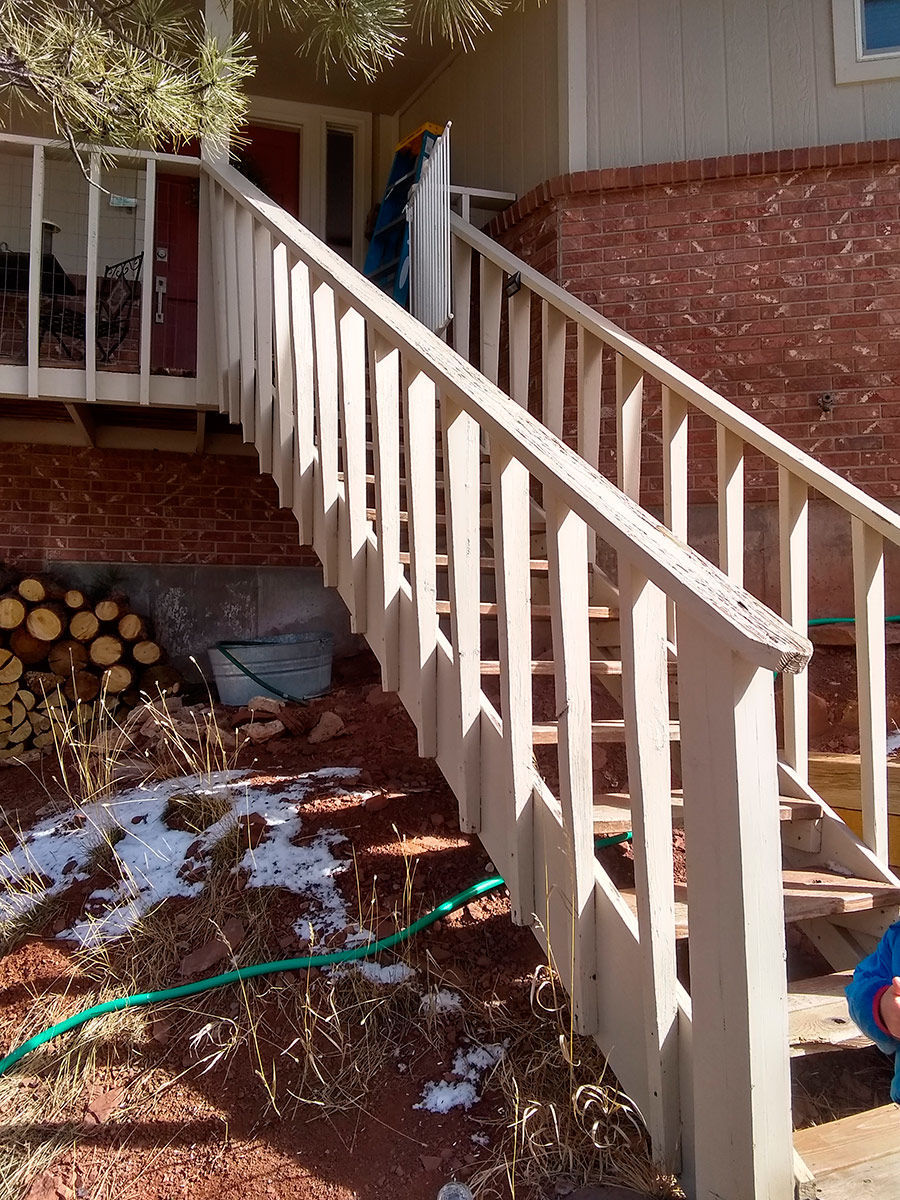 |
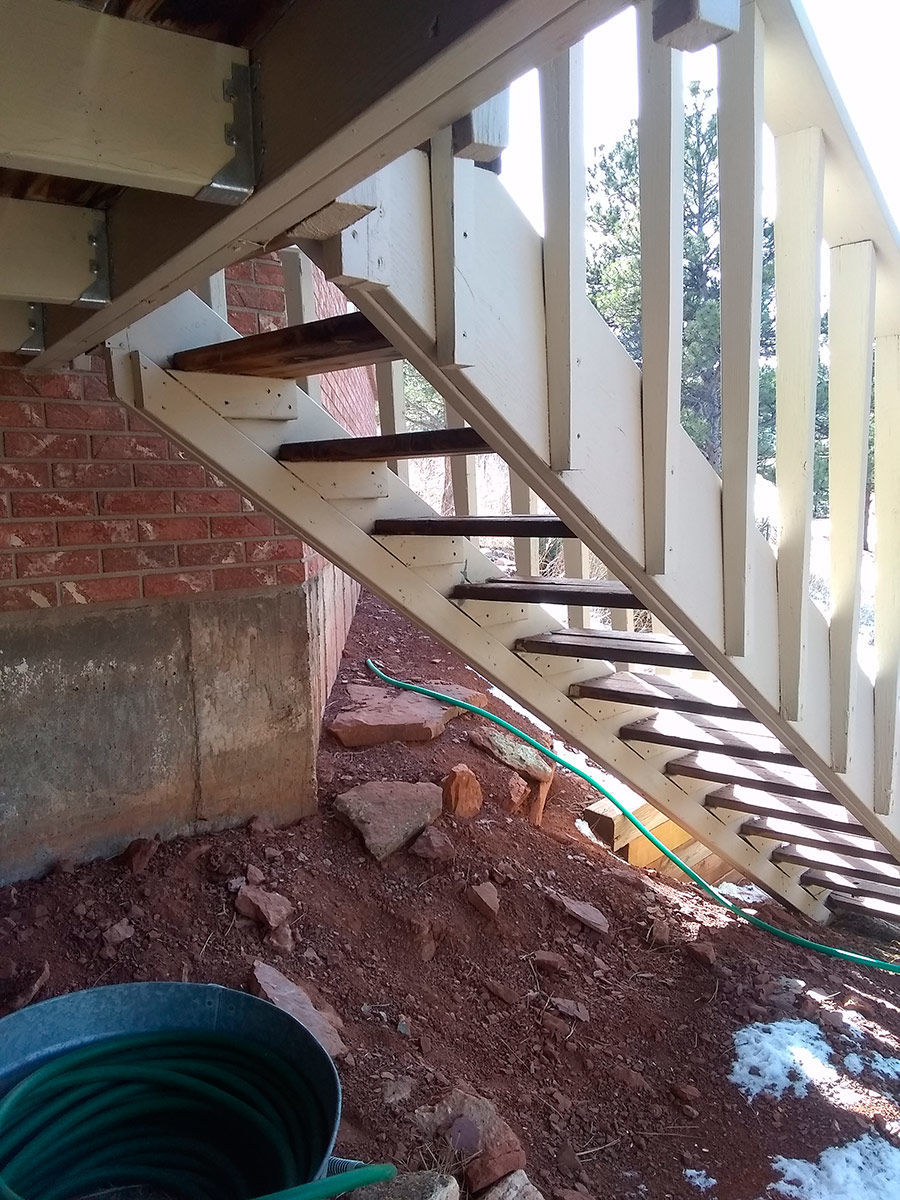 |
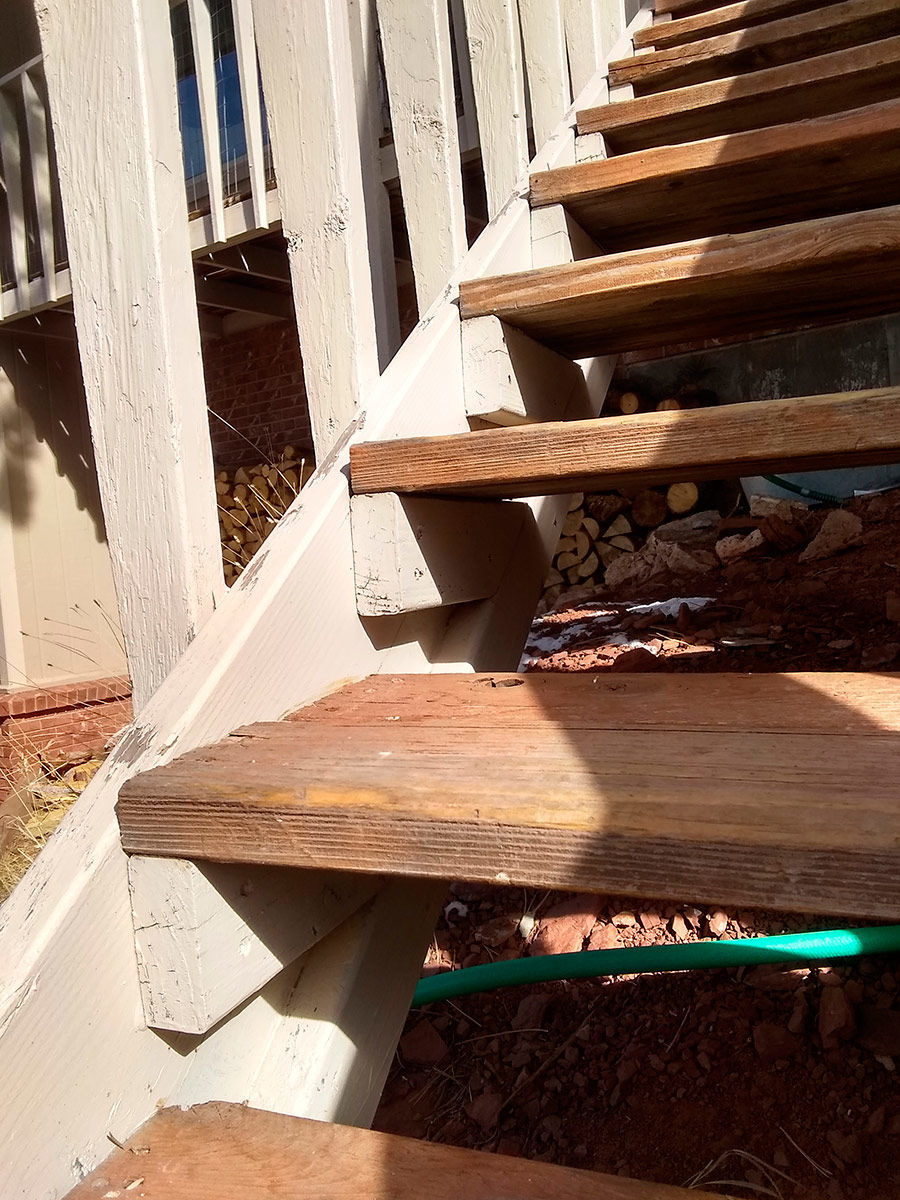 |
Related links:
- Build an Elevated Deck Series: Building Basic Deck Stairs
- Mounting Deck Stairs
- Building Stairs (EBook) by Andy Engel
Question from Episode 179: What are the pros and cons of building a true timber-frame home vs. a hybrid timber frame?
Brett writes: Good ‘Morrow, I am a college student who is very interested in building his own home (I’m open to using contractors…sometime in the future when I actually have money). I am rather taken with the look of timber-frame homes, but in my research it seems that many timber-frame architects like to use hybrid timber-framing.
So what are the advantages and disadvantages of a purely timber-framed home vs hybrid?
Related links:
- Unity Homes: A Better Way to Build
- Cost difference of timberframe vs. traditional construction
- Quick look hybrids vs. full timber frames
- Hybrid Timber Frame
Question from Episode 176: Can I compromise on material quality and still get a top-notch remodel?
Austin from South Dakota writes: Hey guys, I am planning a new remodel and trying to coax my wife into disregarding our budget on a few items. We’re an average-income family in South Dakota, and we know that a luxury home with $10-$15/ft. flooring and things of that nature are out of the question. I would like your input on some of the new, more affordable, materials that are available today. Things like laminate or vinyl flooring, MDF millwork, and hollow-core doors. I’ve used them all and don’t enjoy working with them, much less cutting them and breathing in the byproduct. I would prefer to use hardwood or engineered flooring, poplar (or finger-joint primed) millwork, and solid-core doors..
My questions are:
- What do you guys think of some of these newer materials in the game today?
- Laminate/vinyl flooring
- Hollow-core doors
- Particleboard cabinet boxes
- MDF trim
- The list goes on…
- What do you think the following generation will think when they are tearing these materials out of homes? I have completely remodeled two houses now, and have ripped out hardwoods, cabinets, millwork, and doors that have been in place for more than 50 years. I have a hard time believing that today’s common materials will last that long.
- How can I (and should I even try to) convince my wife to spend more money on materials that will stand the test of time, knowing that we will only be in this house for 3-5 years?
Thanks in advance, I look forward to the show every week!
Related links:
- Build Better Cabinets With the Best Plywood
- Durable Flooring for Kitchens and Baths
- Focused Remodel Balances A Fixed Budget and a Desire for Luxurious Details
Question from Episode 180: Is there demand for a sustainable mode of transporting our tools and materials?
Henrik writes: Green building vs. getting there and home?
I just went through the full list of all the podcasts you guys have produced and didn’t see one episode on the vehicles we builders use to get ourselves, as well as our tools and materials, to and from the job site. Is no one concerned with this? I spend, on average, $600 a month on gas! I put over 20 gallons of fuel into my van twice a week. That means I’m putting something like 250 lb. of CO2 and other pollutants into the atmosphere each week!
It’s completely hypocritical of me to try to build an energy-efficient structure when I’m spewing all this s*#t out of my exhaust pipe! But when I search for a sustainable cargo vehicle, I find nothing! You guys there have an opportunity to start a conversation on increasing the demand for a sustainable mode of transporting our tools and materials. Why don’t you do so?
I have an eight-year-old. I don’t doubt you guys have children. Do you have no concern for our ecological futures? I suspect you are more concerned with pleasing your sponsors, so you have no incentive to start any sort of conversation on the vehicles we use because no vehicle manufacturers in the U.S. are advertising practical electric vehicles for our industry on your channel. I’ve seen plenty of ads on FHB for gas guzzlers. How about we work on increasing the demand for an electric alternative? I suppose I already know the answer. If you respond to me at all, it’ll be to call me a hippie dreamer or question my manliness; after all what self-respecting, macho, hammer-wielding grunt would even think of driving an all-electric vehicle to a construction site?
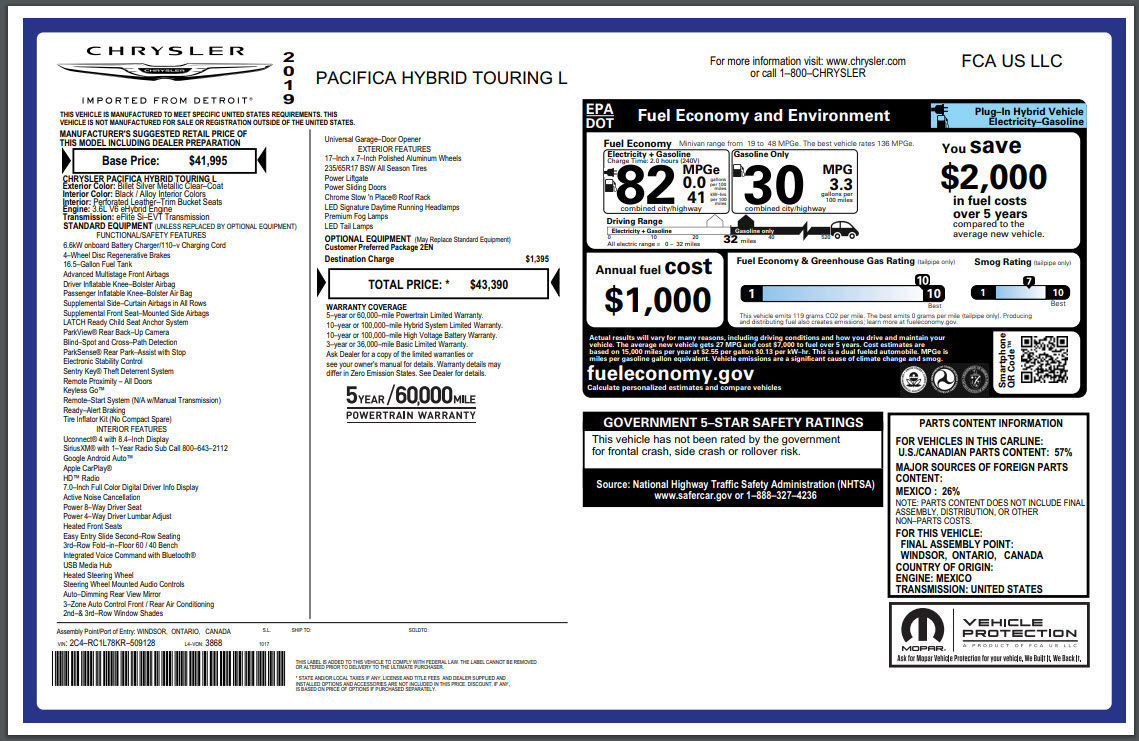 |
 |
 |
 |
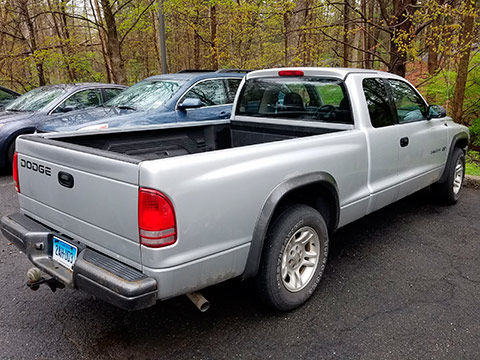 |
Related links:
- How much carbon dioxide is produced from U.S. gasoline and diesel fuel consumption? (from eia.gov)
- 2024 Most and Least Fuel Efficient Trucks, Vans, and SUVs (fueleconomy.gov)
- Average Fuel Efficiency of U.S. Light Duty Vehicles (bts.gov)
- A Truck That Powers the Job
Question from Episode 177: Is there such thing as a recirculating ventilation fan for a bathroom?
Jack writes: Hi FHB. I love the Podcast. Thank you so much for all your insight. I have a quick question. I am doing a drywall repair in a tiny half-bath. When we pulled down the ceiling, we realized that the ventilation fan isn’t actually connected to anything. Obviously a working fan is a good idea when the bath is right off the living room and sees a lot of use. But the bath is in middle of the house, so there’s really is nowhere to vent it without making holes or a soffit. There is a boiler room below with flue pipes that I doubt vent anywhere since they look like a mess and it smells terrible. My question: Because I don’t want to pull out the vent altogether, can I vent it to the boiler room? How hack/illegal would that be? There is no fresh-air vent or any vent into the boiler room. Or do they make some sort of filtered recirculation fan for the bathroom? Like a range-hood type maybe? Thank guys!
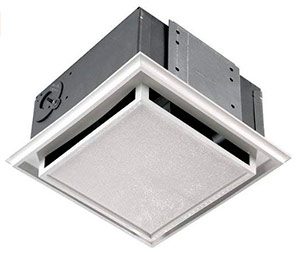 |
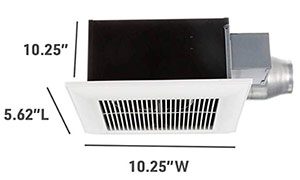 |
Related links:
- Broan-Nutone 682 Duct-Free Ventilation Fan on Amazon
- Panasonic-WhisperFitEZ-Fan on Amazon
- The Basics of Bath Fans
This episode of The Fine Homebuilding Podcast is brought to you by Loctite’s Tite Foam

Say no to inefficient and drafty. Say yes to Loctite Tite Foam.
When pros need to seal gaps too small for insulation but big enough to create a draft, they reach for Loctite’s TITE FOAM.
The high-density foam forms a tenacious bond to most common building materials, stays flexible to prevent cracking, and keeps air, moisture, and pests out of the house.
Whether you’re adding R value to the rec room, or finishing a boring basement, give that space a second chance with Loctite Tite Foam.
Visit LoctiteProducts.com for more information.
Check out one of our latest Project Guides: Energy Retrofit!
Check out our FHB Houses:
Visit the Taunton Store • Magazine Index • Online Archive • Our First Issues • All Access

If you have any questions you would like us to dig into for a future show, shoot an email our way: [email protected].
If we use your question we’ll send you a FHB Podcast sticker!
FHB Podcast T-shirts!
Represent your favorite podcast! Available in several styles and colors. Made from 100% cotton. Find the Podcast t-shirt and more cool products in the Fine Homebuilding Store.
| Fine Homebuilding podcast listeners can now get 20% off anything in the Taunton store, including Pretty Good House.
Use the discount code FHBPODCAST to take advantage of this special offer. |
 |
“Finally, knowledgeable people talking about building reasonably-sized, high-performance houses for normal people with real budgets!” — DanD, VA, 8/19/22, Amazon.com review |
We hope you will take advantage of a great offer for our podcast listeners: A special 20% off the discounted rate to subscribe to the Fine Homebuilding print magazine. That link goes to finehomebuilding.com/podoffer.
The show is driven by our listeners, so please subscribe and rate us on iTunes or Google Play, and if you have any questions you would like us to dig into for a future show, shoot an email our way: [email protected]. Also, be sure to follow Fine Homebuilding on Instagram, and “like” us on Facebook. Note that you can watch the show above, or on YouTube at the Fine Homebuilding YouTube Channel.
The Fine Homebuilding Podcast embodies Fine Homebuilding magazine’s commitment to the preservation of craftsmanship and the advancement of home performance in residential construction. The show is an informal but vigorous conversation about the techniques and principles that allow listeners to master their design and building challenges.
Other related links
-
- All FHB podcast show notes: FineHomebuilding.com/podcast.
- #KeepCraftAlive T-shirts and hats support scholarships for building trades students. So order some gear at KeepCraftAlive.org.
- The direct link to the online store is here.






























